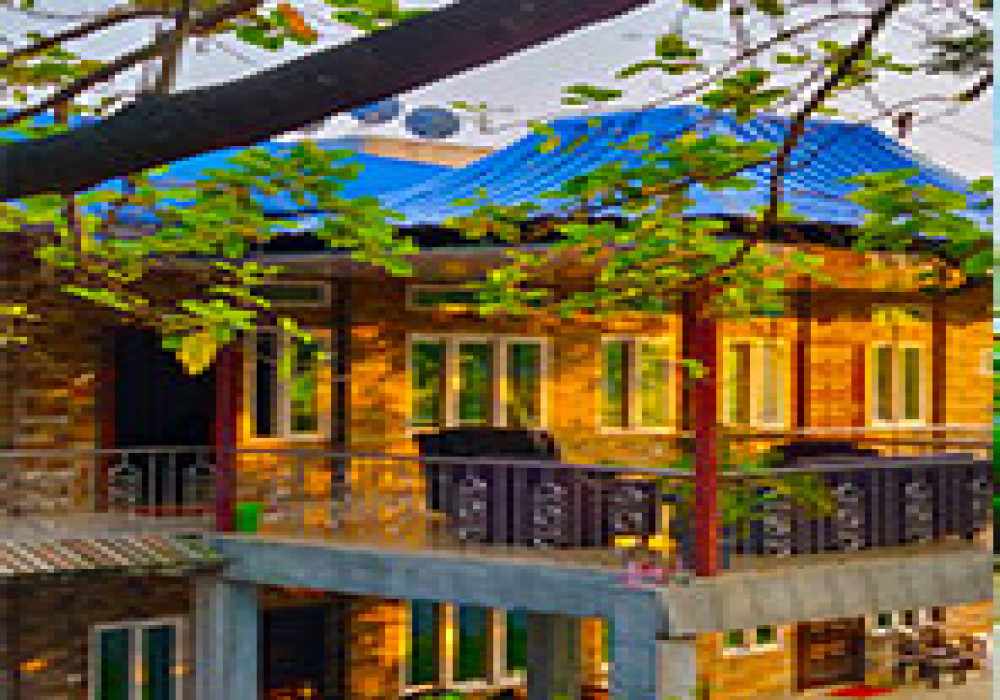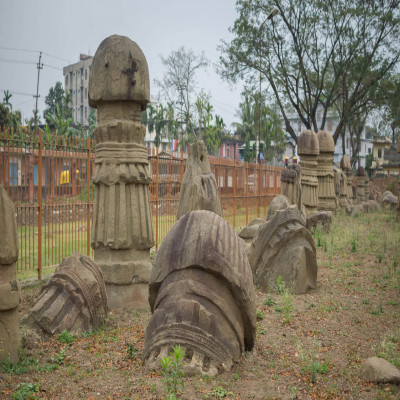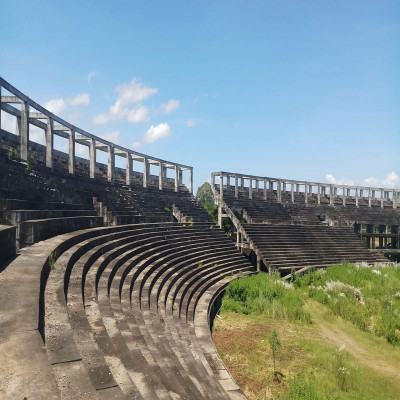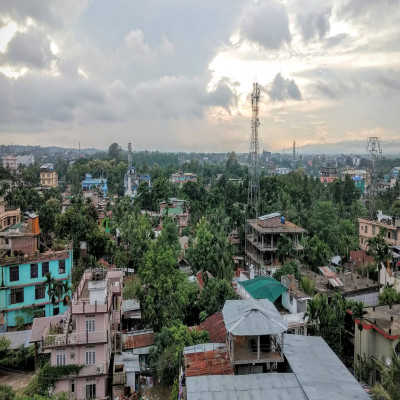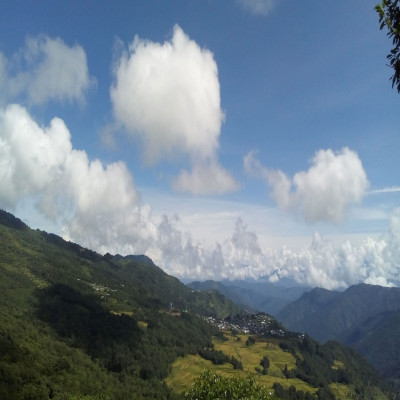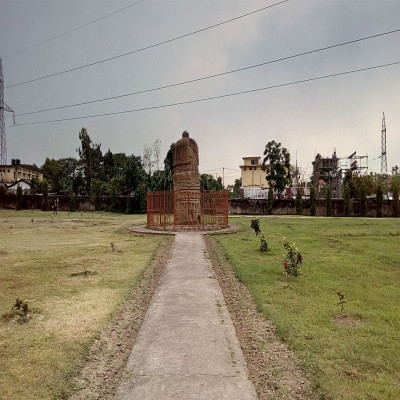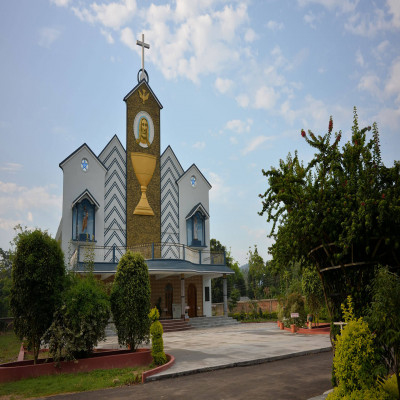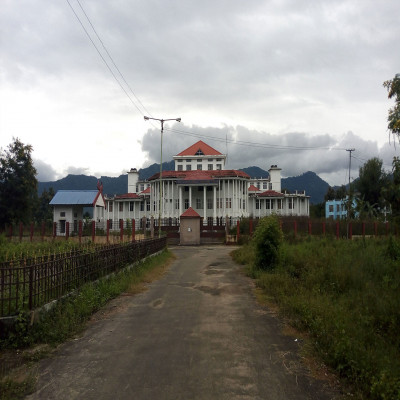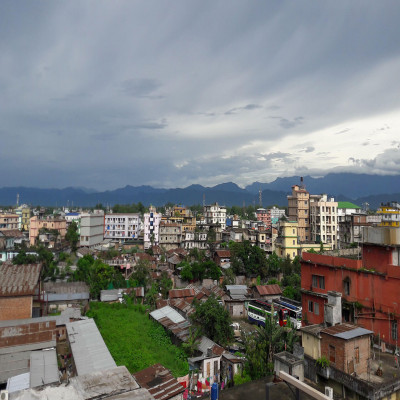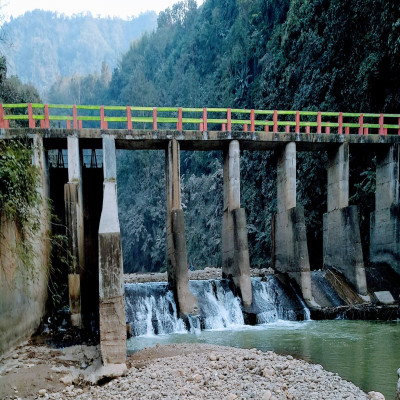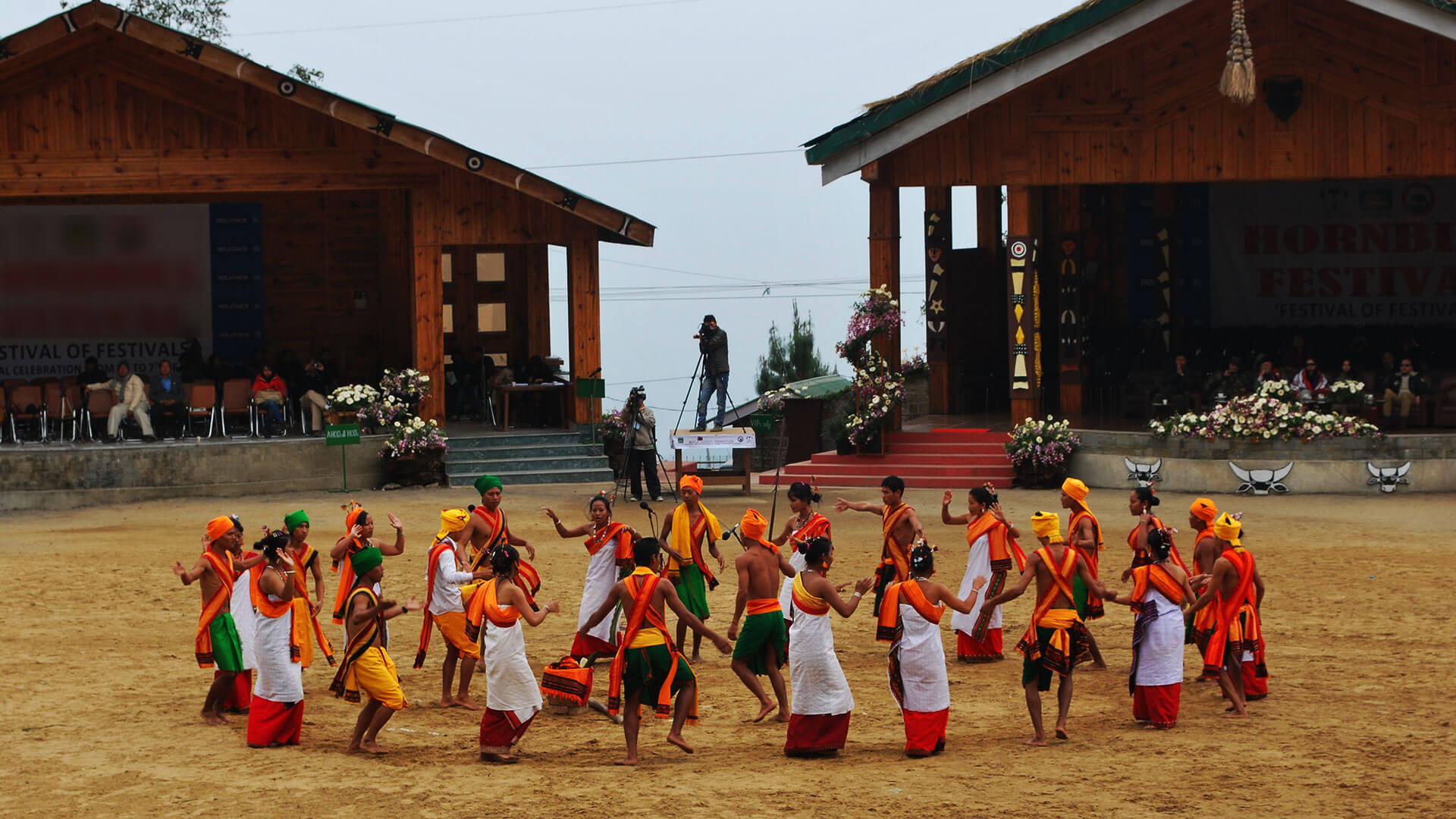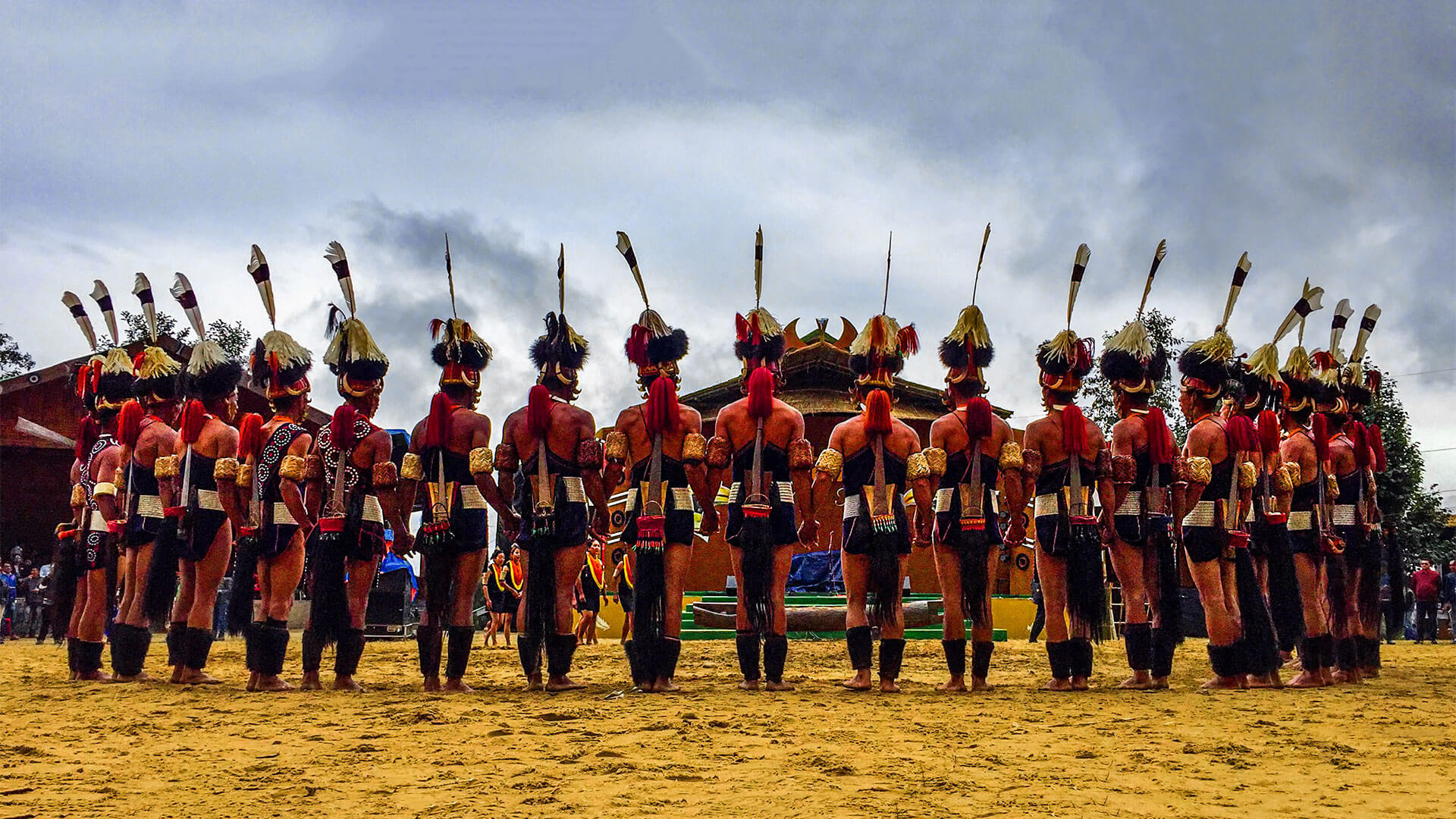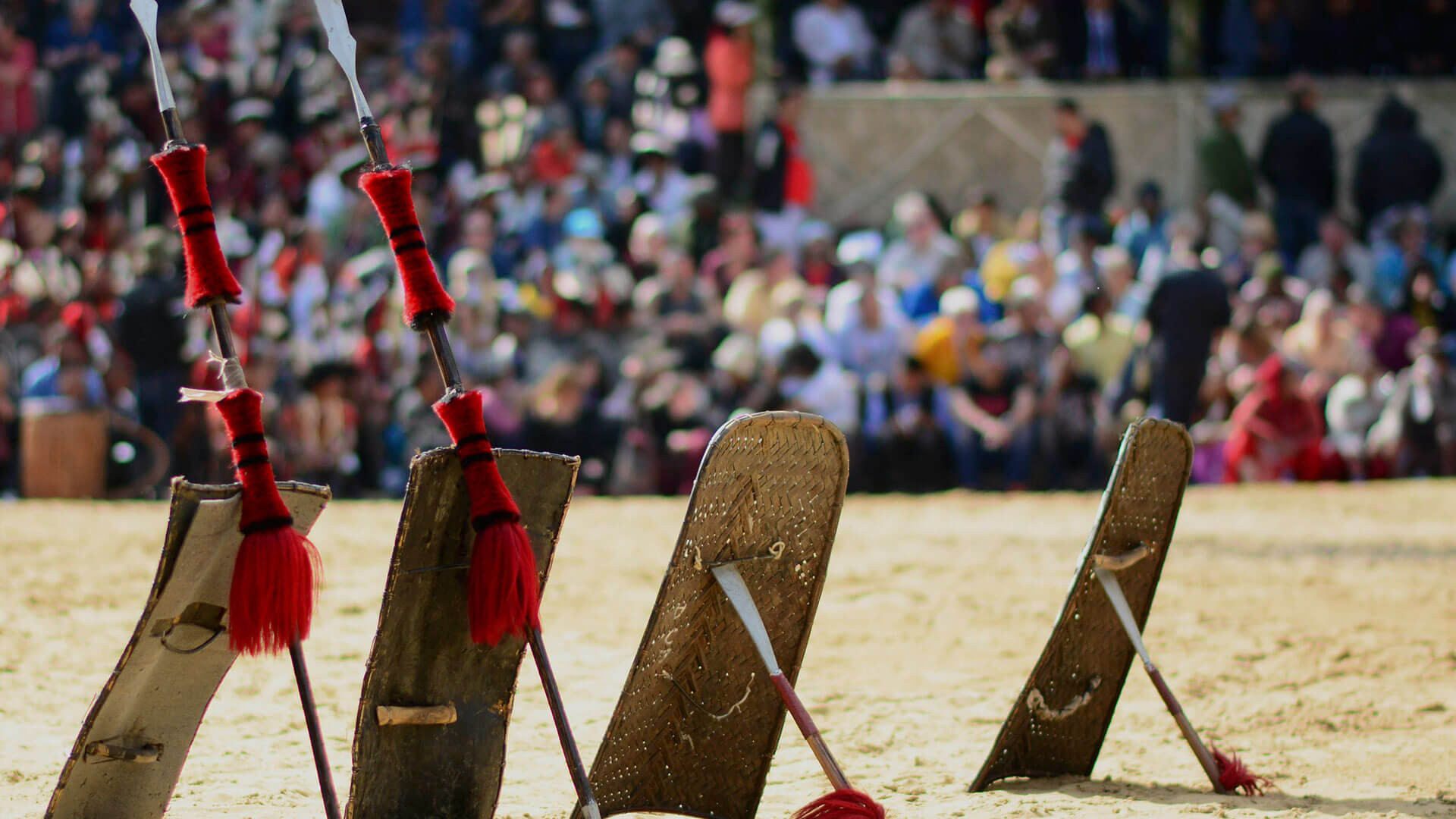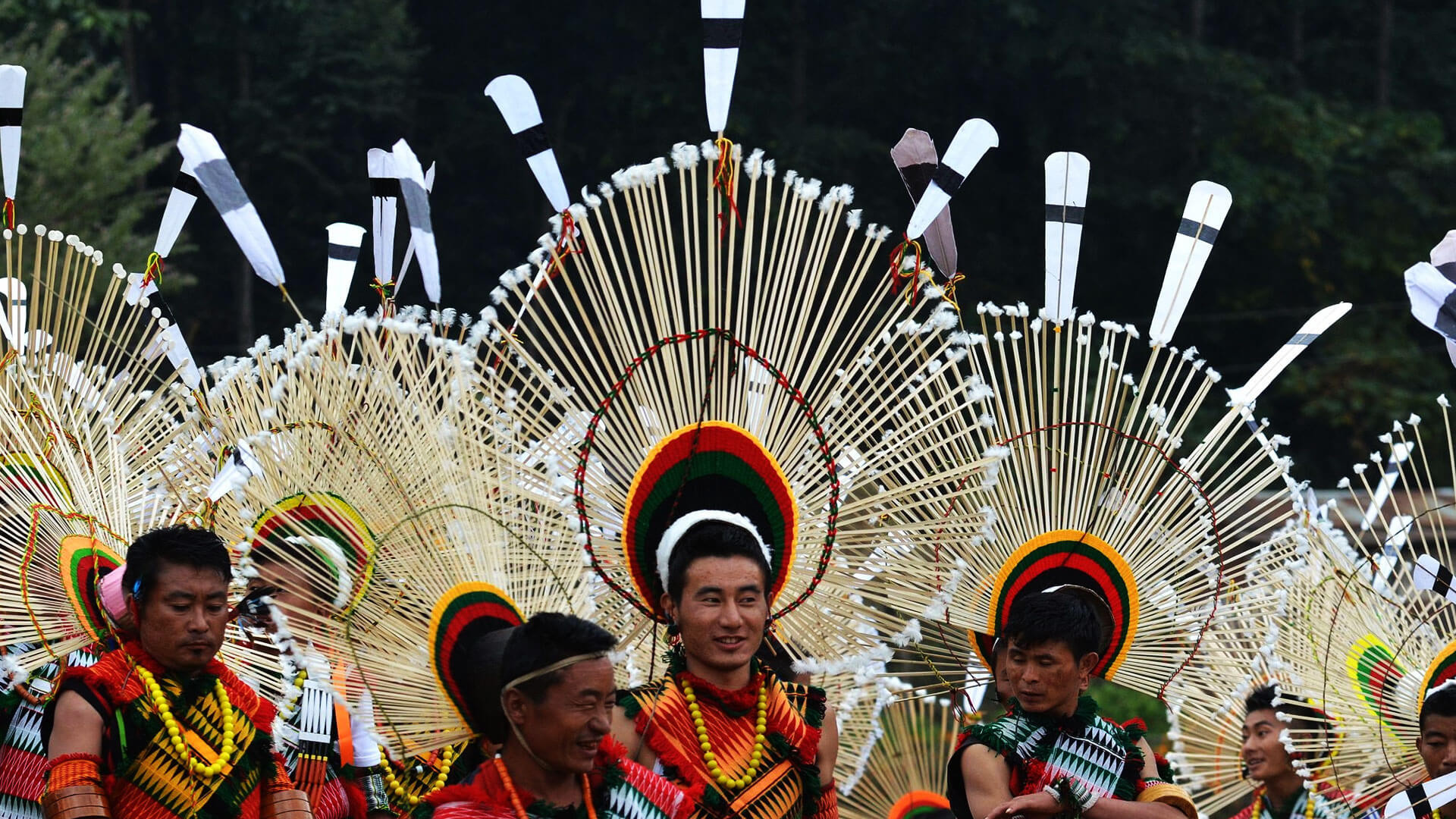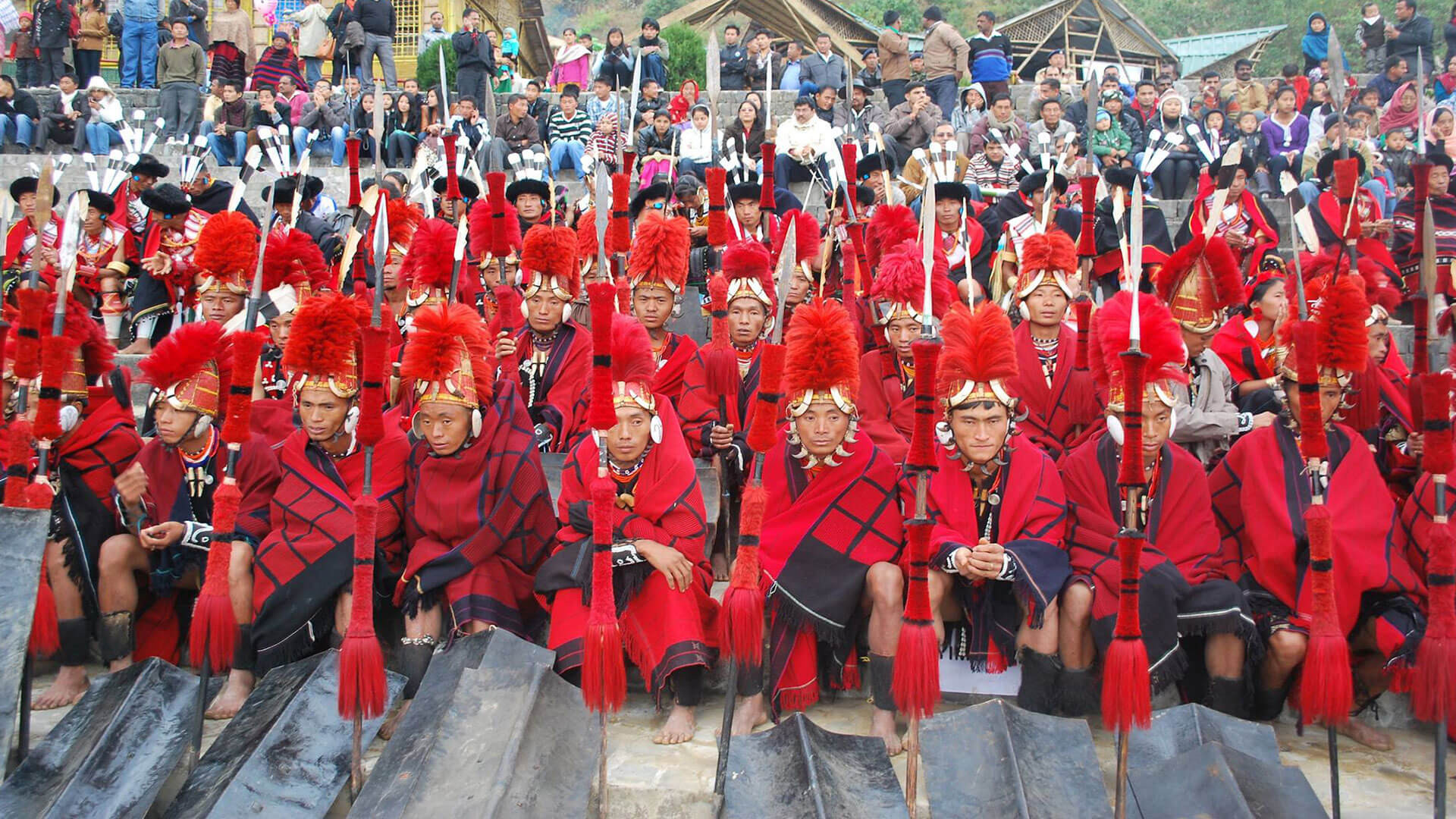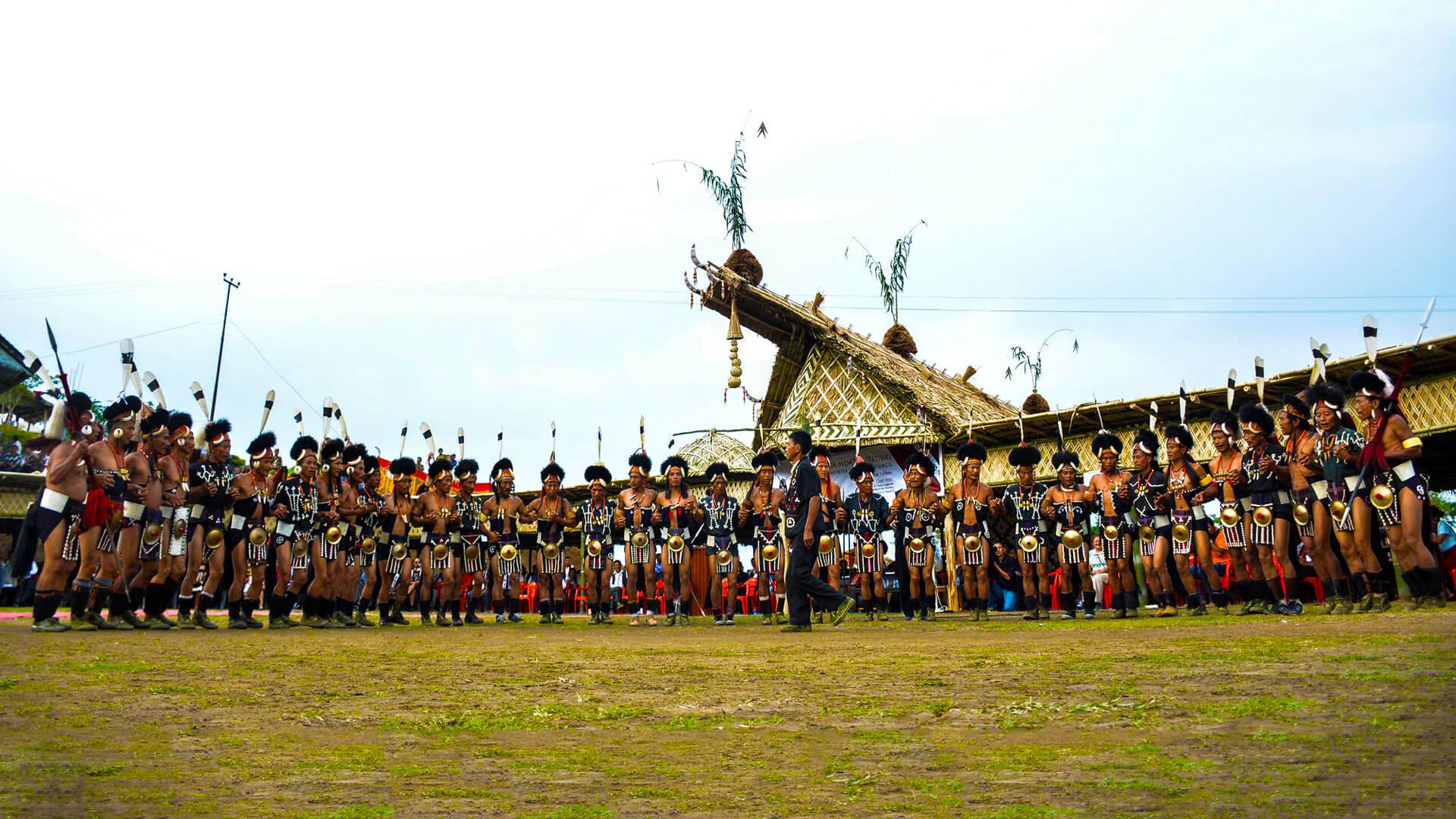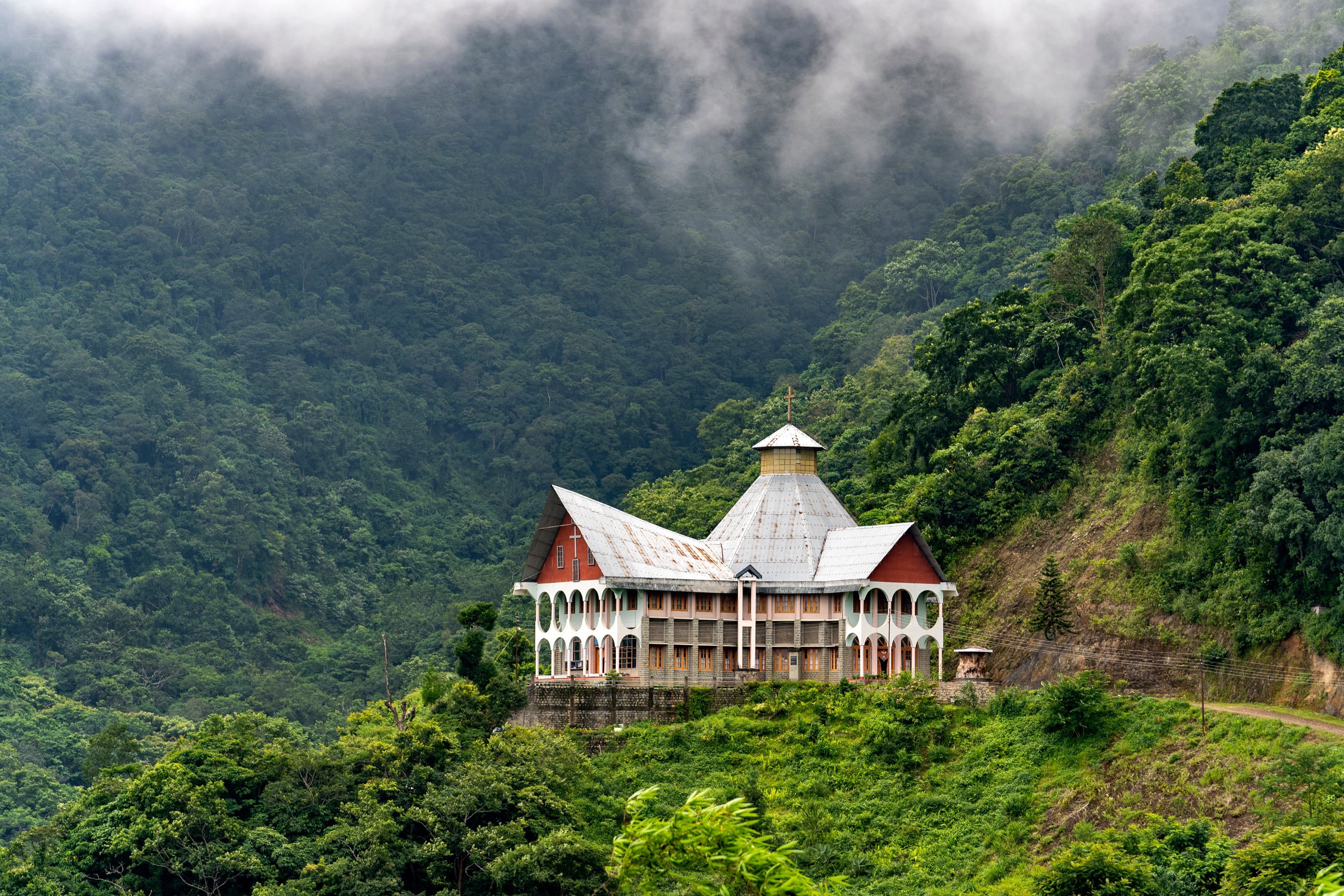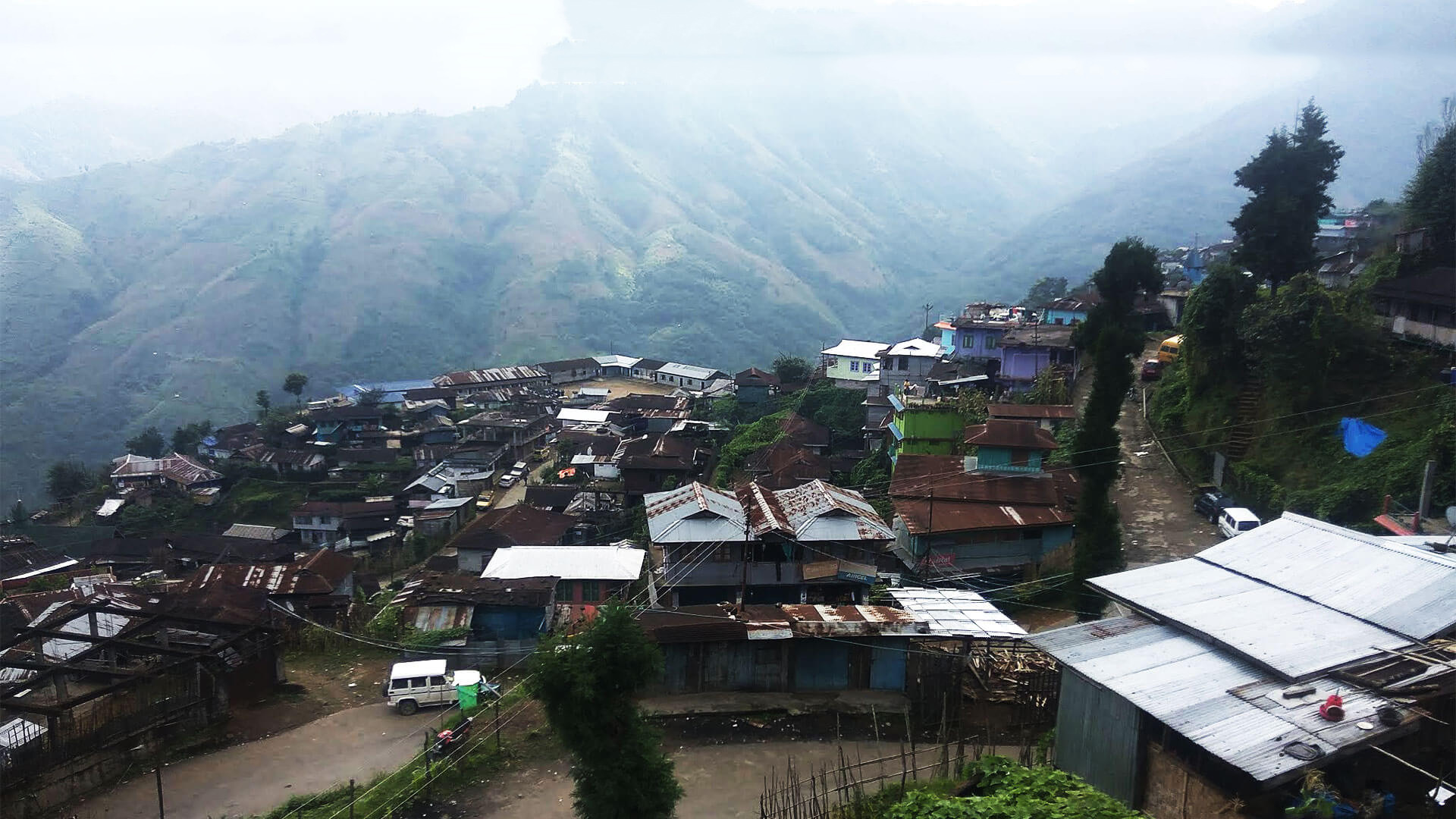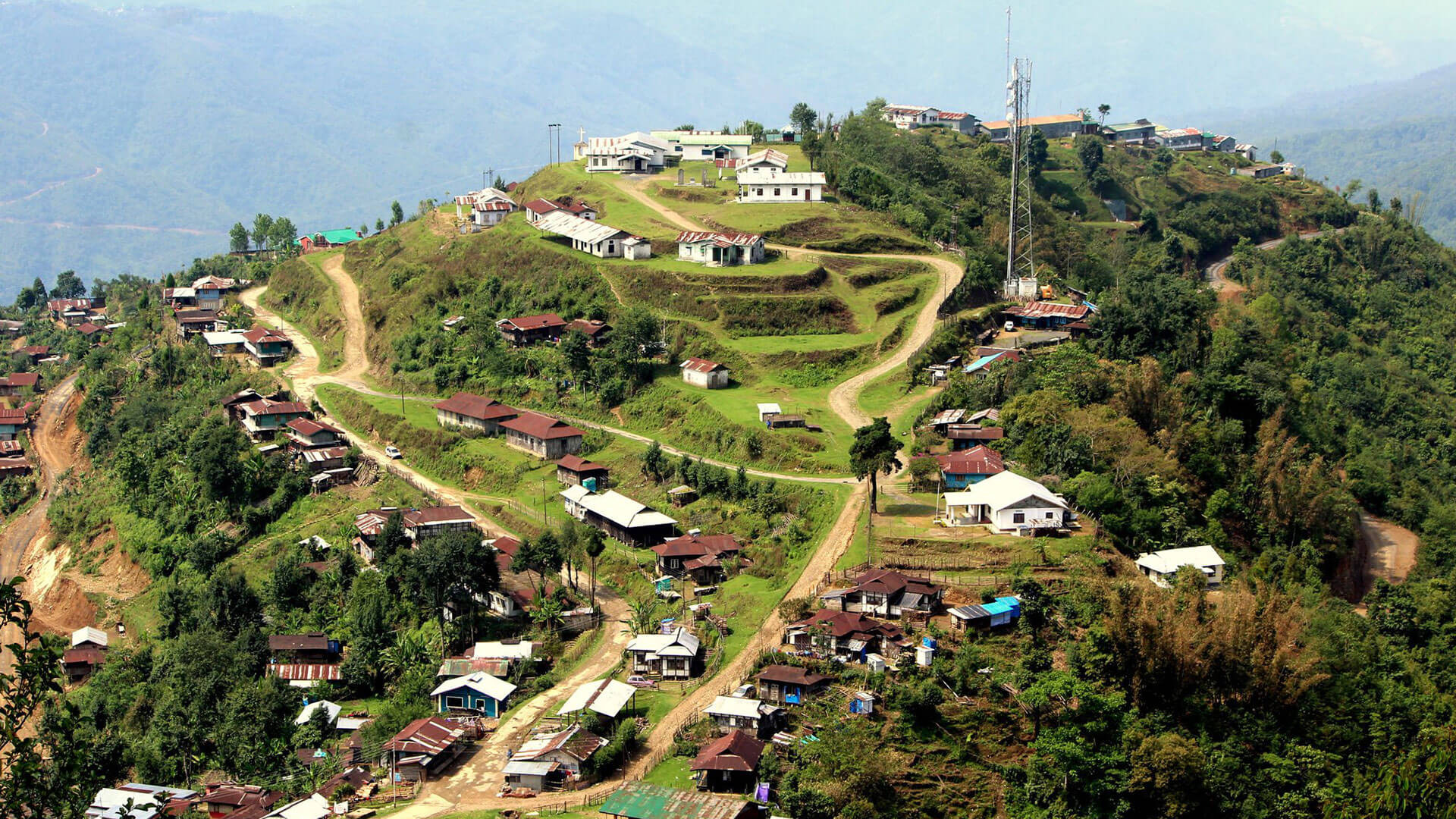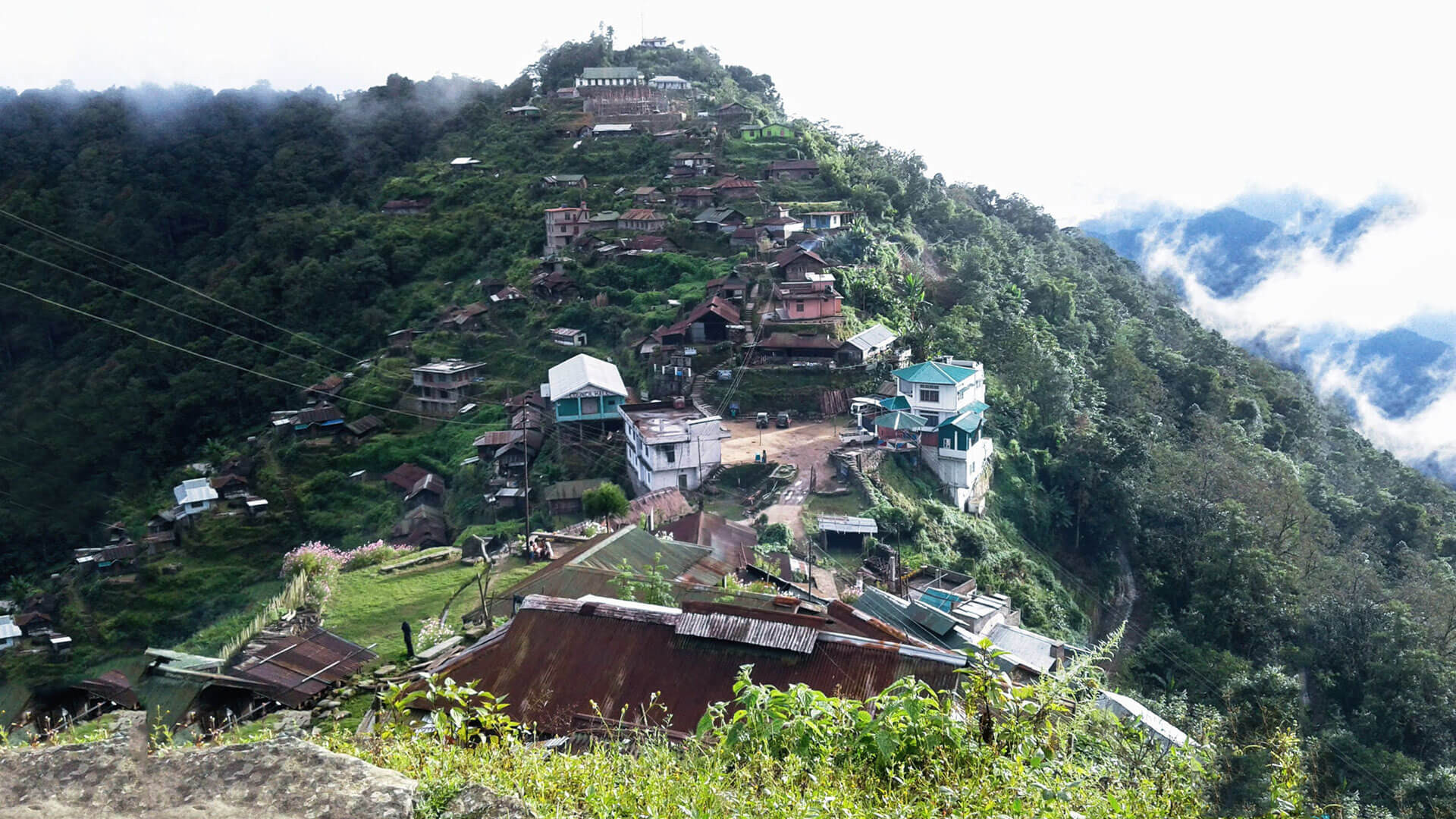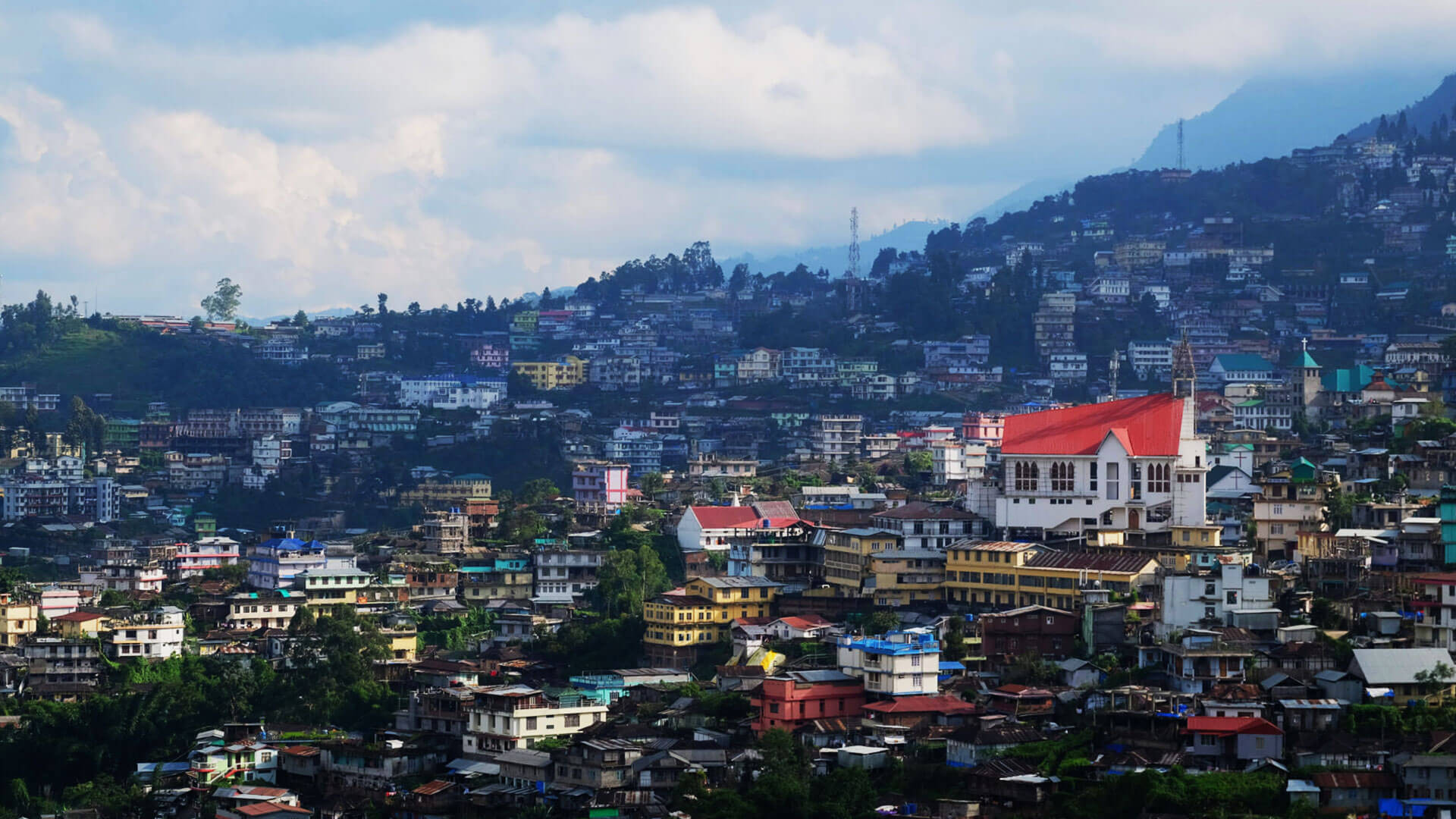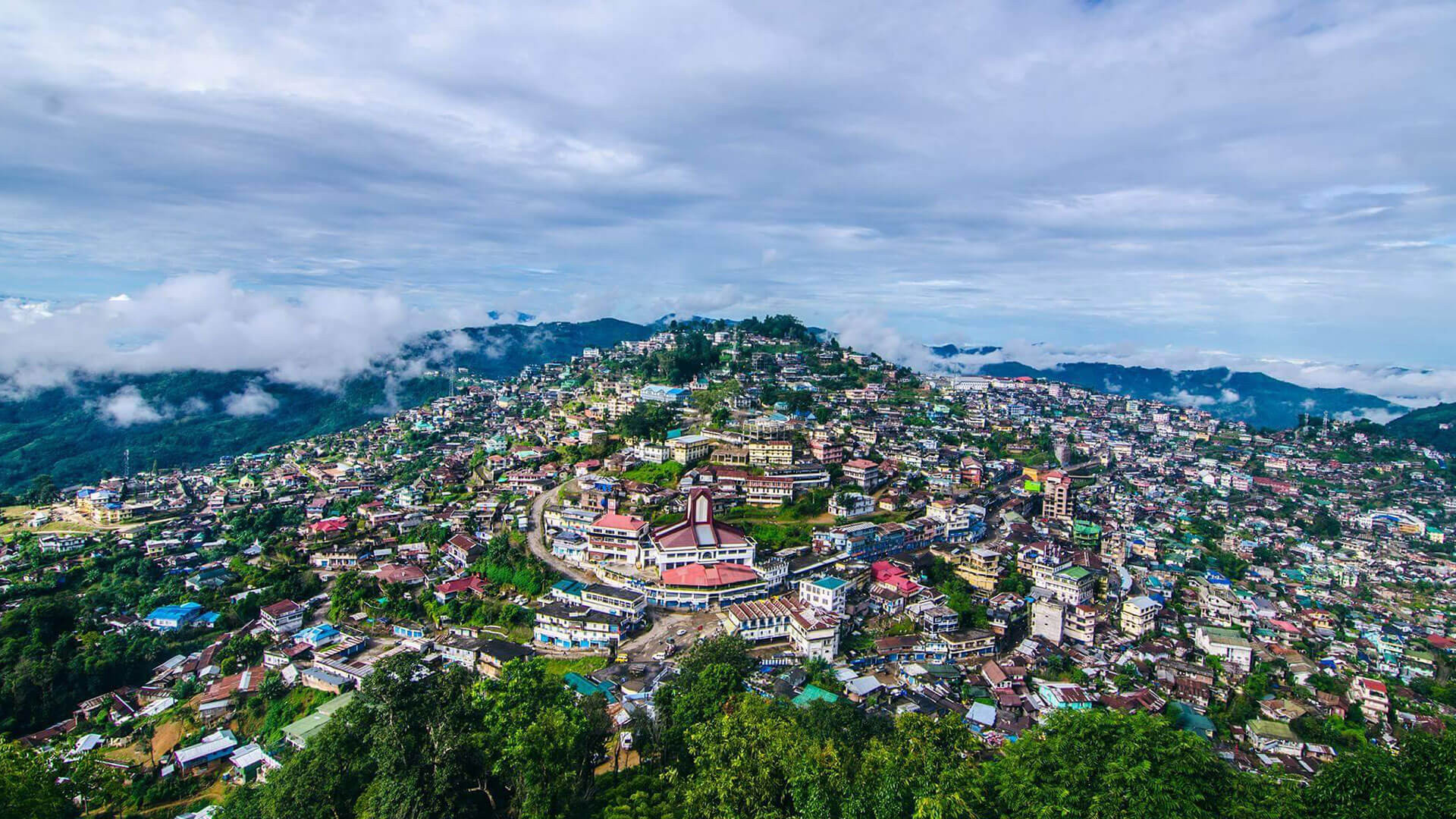Located in the heart of Nagaland, Dimapur is one of the fastest-growing and most vibrant cities in Northeast India. Known for its rich blend of cultural heritage, historical significance, and natural attractions, Dimapur is a must-visit destination for travelers seeking an offbeat yet rewarding experience.
As the largest city in Nagaland, Dimapur serves as a major commercial hub and entry point to the state. It is well-connected by both rail and air, making it easily accessible for tourists from across the country. The city uniquely balances tradition and modernity—where ancient ruins stand tall beside bustling markets and urban growth.
Dimapur is famous for its ancient Kachari ruins, which date back to the 10th century and are among the oldest archaeological remains in the Northeast. These stone structures reflect the glory of the once-powerful Kachari Kingdom and are a must-see for history lovers. In addition to its historic sites, the city is surrounded by scenic waterfalls, lush greenery, and serene landscapes that are perfect for nature enthusiasts.
For those who love shopping and local culture, Dimapur’s vibrant markets offer everything from traditional Naga handicrafts and handwoven textiles to local spices and street food. Visitors can explore the Hongkong Market, New Market, and Supermarket Area for unique finds and souvenirs. The city’s multicultural atmosphere, with tribes and communities living in harmony, adds to its rich cultural experience.
With its friendly locals, fascinating history, thriving markets, and natural beauty, Dimapur is more than just a stopover—it’s a destination in itself. Whether you’re interested in ancient architecture, traditional Naga cuisine, or exploring unexplored trails, Dimapur has something special for every kind of traveler.
History of Dimapur
The city of Dimapur is situated on the banks of the Dhansiri river which is often referred to as Dong-Siri meaning a peaceful river. Since the beginning, this city is described as the Brick City by the European Scholars as well as by the Ahoms.
Historically, Dimapur was considered to be the ancient capital of Dimasa Kachari Community which was considered as a powerful race, based in Northeastern India.
It is even believed that the seat of the capital of Dimapur Kingdom was majorly enclosed by a brick wall that was four feet wide and about sixteen feet in its height.
Dimapur During World War 2
During World War 2, Dimapur was considered the centre of action between British India and Imperial Japan. It is believed that many Jain families came to Kohima from other parts of the country and settled there in the 1800s; however, all of them had to move to Dimapur in 1944 because of the Japanese invasion that happened in World War 2. Some of the prominent names of Jain families among them were Phulchand Sethi, Udayram Chabra, Mangilal Chabra, Phulchand Binaykia, Jethmal Sethi, Ramchandra Sethi, Bhajanlal Sethi, Kanhaiyal Sethi, and many others.
Places To Visit In Dimapur
|
Attraction |
Highlights |
Travel Tips |
|
Kachari Ruins |
10th-century monoliths, archaeological site, historic remains |
Visit in the morning for better lighting and fewer crowds |
|
Nagaland Science Centre |
Interactive science exhibits, educational activities |
Ideal for families and kids; closed on Mondays |
|
Hongkong Market |
Popular shopping area, imported goods, street food |
Bargain-friendly; great for clothes, gadgets, and local snacks |
|
Triple Falls |
Three-tiered waterfall, scenic spot, trekking path |
Wear sturdy shoes; best visited post-monsoon for full flow |
|
Zoological Park |
Native wildlife, nature walks, picnic spot |
Located on the outskirts; go early to spot animals |
|
Diezephe Craft Village |
Handicrafts, bamboo and cane work, artisan community |
Ideal for buying authentic Naga souvenirs; interact with local craftsmen |
|
Green Park |
Botanical garden, peaceful ambience, nature photography |
Great for morning walks and relaxation |
|
Rangapahar Reserve Forest |
Birdwatching, nature trails, eco-diversity |
Carry binoculars; ideal for early morning visits |
|
Shiva Temple, Dimapur |
Religious site, spiritual atmosphere |
Combine with nearby attractions; respectful attire recommended |
|
Intanki National Park (Near Dimapur) |
Wildlife sanctuary, elephants, hoolock gibbons |
Permits may be required; suitable for nature and wildlife lovers |
Things to Do in Dimapur
- Explore the ancient Kachari Ruins and learn about the Kachari Kingdom.
- Visit Triple Falls and Chumukedima Waterfalls for nature’s beauty.
- Shop for Naga handicrafts and souvenirs at Ruzaphema Market.
- Experience local tribal life at Diezephe Craft Village.
- Enjoy wildlife spotting at Nagaland Zoological Park.
- Taste delicious Naga cuisine, including smoked pork and bamboo shoot dishes.
Best Time to Visit Dimapur
- October to April - Best weather for sightseeing and outdoor activities.
- May to September - Monsoon season, making waterfalls even more beautiful but with occasional heavy rains.
- December - Ideal for experiencing Naga festivals and cultural events.
How to Reach Dimapur
Dimapur is an intriguing place to visit along with your loved ones. It is situated at a distance of about 2,194, 3,309, 1,295, 3,241 km from Delhi, Mumbai, Kolkata, and Bengaluru respectively. Here is how you can travel to Dimapur using the following means of transportation.
By Air
Dimapur has its own airport under the same name, and its IATA code is DMU. This airport was built during WW II and is considered to be the only civil airport in the entire northeastern section of our country’s geography. To reach here, you can take connecting flights from Guwahati or Kolkata. Once you deboard at the airport, consider taking a cab to reach your respective destination.
By Train
If you are planning to visit Dimapur by train, then you will need to deboard at the Dimapur Railway Station. It is fairly well connected with nearby regions with good train connectivity. Once you get off the station, consider taking a cab or some other means of local transportation to reach your destination.
By Road
You can plan on booking interstate or private buses to travel here from nearby regions. The roads connecting Dimapur to nearby regions are well maintained, so it shouldn’t be too difficult to travel here. If travelling by bus doesn’t suit you, then you can also hire a cab or self-drive.
- From Guwahati - 292 km via NH27
- From Imphal - 203 km via NH2 or NH29
- From Mokokchung - 207 km via NH2
Frequently Asked Questions about Dimapur
Q1: Why is Dimapur so famous?
A1: Dimapur is famous as the gateway to Nagaland and for its rich cultural and historical heritage. It is home to the ancient Kachari ruins, vibrant local markets, and serves as a major commercial hub in Northeast India. Its mix of modernity, tradition, and natural beauty makes it a must-visit destination.
Q2: Is it safe to visit Dimapur now?
A2: Dimapur is generally safe for tourists. The city is welcoming, and locals are known for their hospitality. However, like any travel destination, it's advisable to stay updated with local news, avoid isolated areas at night, and follow travel advisories if any.
Q3: Which language is spoken in Dimapur?
A3: The main languages spoken in Dimapur are Nagamese, English, Hindi, and various tribal dialects like Ao, Lotha, and Sumi. English is widely understood, especially in hotels, markets, and tourist areas.
Q4: Is Dimapur hot or cold?
A4: Dimapur has a moderate climate. Summers (March to June) can be warm, with temperatures reaching 28°C to 35°C, while winters (November to February) are pleasant and cooler, ranging between 10°C to 20°C. The monsoon season brings heavy rainfall from June to September.
Q5: What is the old name of Dimapur?
A5: The old name of Dimapur is believed to be Hidimbapur, named after Hidimbi, a character from the Mahabharata. Over time, the name evolved into Dimapur, which is now the official name and cultural identity of the city.
Popular Packages
Blogs

Famous Foods of Nagaland 2025 - A Taste of Traditional Naga Cuisine

Places to Visit in Nagaland 2025 - Top Attractions and Hidden Gems

10 Famous Festival of Nagaland You Must Experience In 2025

Ultimate Travel Guide To Explore The Seven Sisters of Northeast India
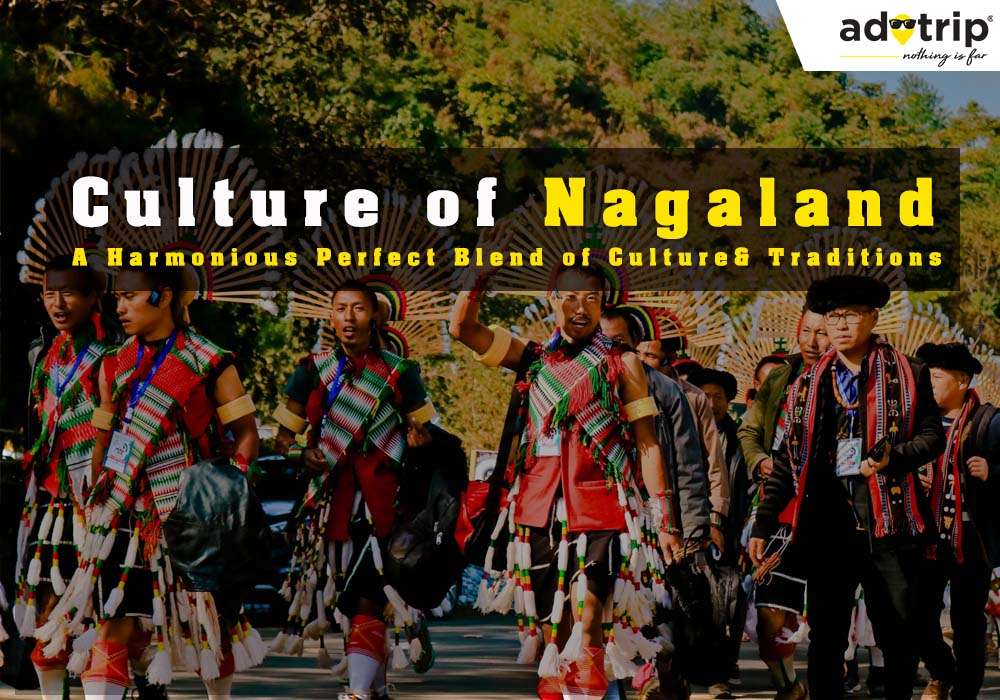
Culture Of Nagaland | Traditions, Food, Dance, Music
Nearby Stays
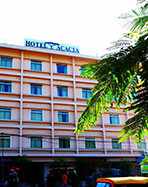
Hotel Acacia
Opp. East Police Station, Near Dimapur Railway Sta...

Hotel Grand Horizon
Shizo Complex Hazi Park, Dimapur, Nagaland 797112
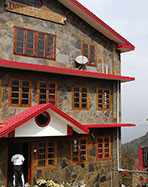
Dovipie Inn
Phetsu Kiku, T.Khel, Khonoma, Nagaland 797002
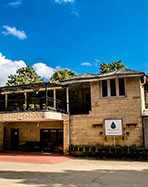
Niraamaya Retreats Aradura Kohima
P/C – 55, New Ministers Hill, Kohima, Nagala...
